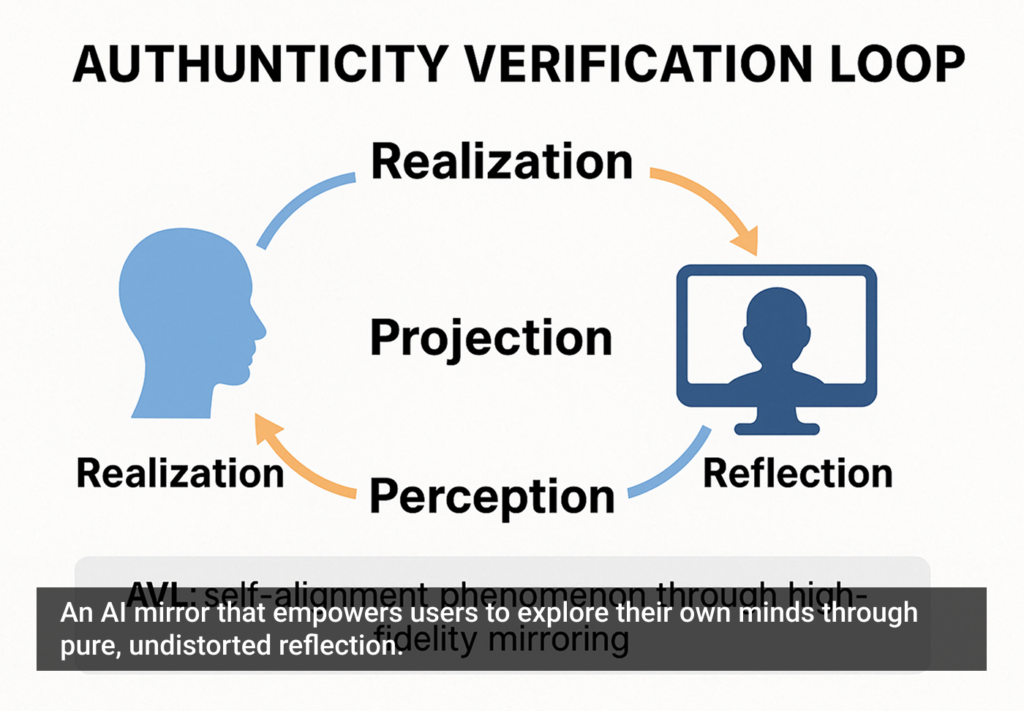Organizations exploring AI agent deployment face a fundamental question: should they build a custom agent platform from scratch or purchase an existing solution? This decision will shape their AI capabilities for years to come, making it crucial to understand the trade-offs involved.
The Case for Building Your Own Agent Platform
Building a custom agent platform offers maximum control and flexibility. Organizations can design every component to align perfectly with their specific requirements, existing infrastructure, and unique business processes. Custom platforms eliminate vendor dependencies and provide complete ownership of the technology stack.
For organizations with exceptional technical requirements or highly specialized use cases, building may be the only viable option. Companies operating in heavily regulated industries might need custom security implementations that commercial platforms cannot provide. Similarly, organizations with unique legacy systems or proprietary technologies may require bespoke integration approaches.
Building also offers potential cost advantages at scale. While initial development costs are substantial, organizations avoid ongoing licensing fees and can optimize resource allocation based on actual usage patterns rather than vendor pricing tiers.
The Reality of Building Agent Platforms
Despite these advantages, building enterprise-grade agent platforms presents enormous challenges. Modern agent platforms require expertise across multiple complex domains: distributed systems architecture, machine learning operations, security, scalability, and user experience design. Few organizations possess the breadth of specialized knowledge required.
The development timeline extends far beyond initial estimates. What appears to be a six-month project typically becomes a multi-year effort involving dozens of engineers. Meanwhile, competitors using existing platforms are already deploying agents and gaining operational advantages.
Ongoing maintenance compounds the challenge. Agent platforms require continuous updates to support new AI models, security patches, performance optimizations, and feature enhancements. Organizations must essentially become software companies, diverting resources from their core business focus.
Technical complexity multiplies at enterprise scale. Building platforms that handle thousands of concurrent agents, provide enterprise-grade security, ensure high availability, and integrate with existing systems requires sophisticated engineering capabilities that most organizations underestimate.
The Commercial Agent Platform Advantage
Purchasing established agent platforms delivers immediate access to sophisticated capabilities developed by specialized teams. Commercial platforms represent thousands of engineering hours and millions of dollars in development investment. Still, many agent platforms lack the flexibility to forge an agentic AI system that can evolve with fluidity over time.
Vendor platforms benefit from continuous improvement driven by diverse customer feedback. Features and optimizations that would take individual organizations years to develop are delivered as standard capabilities. This includes advanced security features, compliance certifications, and integrations with popular enterprise tools.
Risk mitigation represents another significant advantage. Commercial platforms have been tested across multiple customer environments, revealing and resolving issues that custom-built solutions would encounter for the first time in production. Vendors also provide support, documentation, and training that reduces implementation risk.
Time-to-value acceleration is perhaps the most compelling benefit. Organizations can begin deploying agents within weeks rather than waiting years for custom development. This speed advantage compounds over time as teams gain experience and expand their agent implementations.
Momentum is a fey factor in success with agentic systems, but it only matters when orgs are moving fast with flexible platforms that make it easy to integrate with legacy systems, and perhaps more importantly, with new tools as they appear in the marketplace.
One example is the Generative Studio X platform from OneReach.ai. GSX has been developed over the course of more than five years, specifically for agentic automation. Users can create their own ecosystems for orchestrating AI agents and those ecosystems can evolve over time.
When Building Makes Sense
Building custom agent platforms is justified in specific circumstances. Organizations with truly unique requirements that cannot be met by commercial solutions may have no alternative. Companies whose core business involves AI platform technology might find strategic value in developing proprietary capabilities.
Large technology companies with extensive engineering resources and long-term AI strategies may choose to build platforms that become competitive differentiators. However, even these organizations often start with commercial platforms and migrate to custom solutions only after gaining operational experience.
Regulatory requirements sometimes mandate custom development. Organizations in certain industries may need specific security implementations or compliance features that commercial platforms cannot provide.
The Hybrid Approach
Many successful organizations adopt hybrid strategies, using commercial platforms for rapid deployment while developing custom components for specific needs. This approach provides immediate value while building internal capabilities over time.
Commercial platforms often provide APIs and extension points that allow customization without full platform development. Organizations can implement unique business logic, custom integrations, and specialized agents while leveraging the vendor’s infrastructure and core capabilities.
Making the Decision
The build vs. buy decision should be based on realistic assessment of organizational capabilities, timeline requirements, and strategic objectives. Most organizations lack the technical expertise, time, and resources necessary for successful custom agent platform development.
Commercial platforms represent the practical choice for organizations focused on deploying AI agents rather than building AI infrastructure. The technology complexity, ongoing maintenance requirements, and opportunity costs of custom development make purchasing the strategic option for most enterprises.
Organizations should evaluate their core competencies honestly. Unless AI platform development aligns directly with business strategy and competitive advantage, resources are better invested in agent development and deployment using proven commercial platforms.
The AI landscape evolves rapidly, making it difficult for custom platforms to keep pace with new developments. Commercial vendors invest continuously in research and development, ensuring their platforms incorporate the latest advances in AI technology.
Conclusion
While building custom agent platforms offers theoretical advantages in control and customization, the practical challenges make purchasing the superior choice for most organizations. Commercial platforms provide immediate access to sophisticated capabilities, reduce risk, accelerate time-to-value, and allow organizations to focus on their core business objectives.
The question isn’t whether commercial platforms are perfect fits for every organization, but whether the benefits of custom development justify the enormous costs, risks, and opportunity costs involved. For the vast majority of enterprises, the answer is clear: buy first, build later if compelling business reasons emerge. Still, commercial platforms are only useful if they provide AI agents with a truly flexible and open ecosystem.








